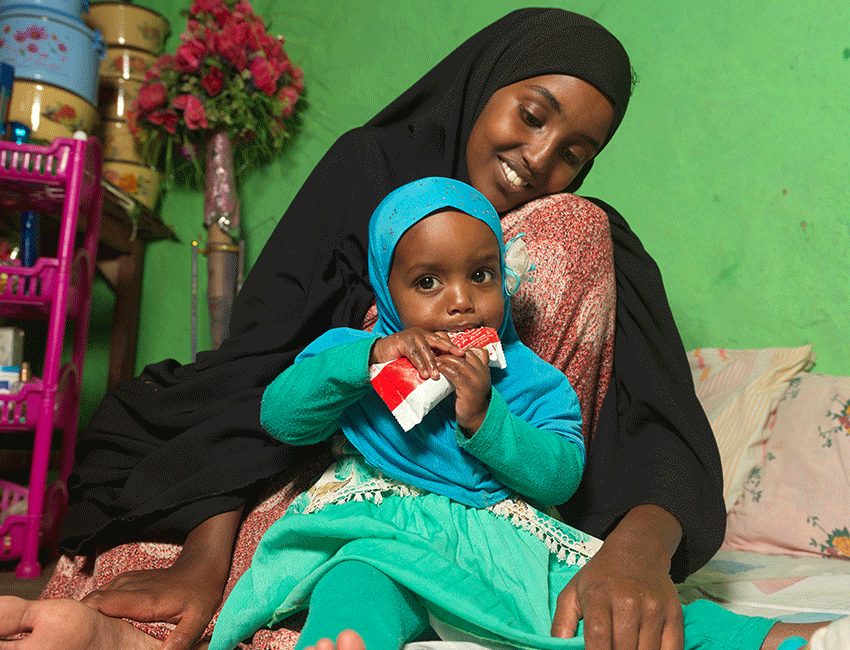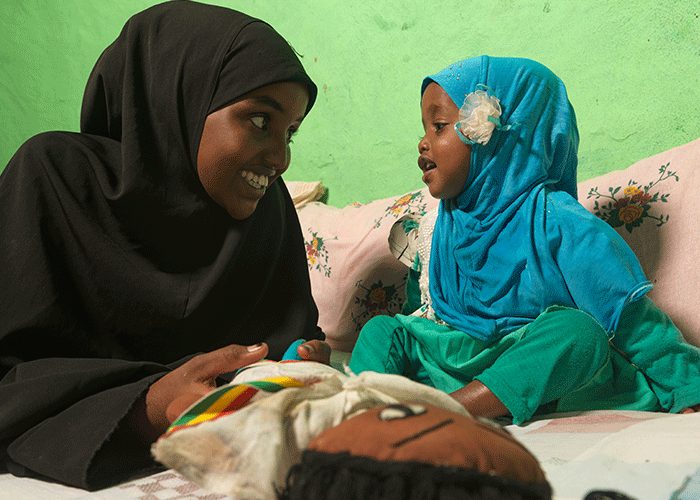Medina, 21, lives with her husband Isac and her 18-month old baby daughter Munira in Guchi, Ethiopia. With no trees to protect it, their small town is dry and windy.
Medina is a confident young woman who goes to great lengths for her family. Her husband is often away for hours at a time herding the family’s cattle to earn an income. Despite being nine months pregnant, during these long periods Medina continues to look after the family by fetching water, doing housework and cooking.
For families like Medina’s, who rely on livestock for food and income, they constantly face the realities of the climate crisis. Drought and long dry seasons mean small-scale farmers are often unable to feed their livestock.
“When there is no rain the cattle get hungry and they don’t have anything to eat, so in turn we don’t get any milk and go hungry.”
Without a stable income and access to food or milk, communities, particularly small children – go hungry. The hunger gap – the period when food supplies start to run out and hunger begins – often occurs during the dry season. Unfortunately, for some of the poorest people, this causes a spike in cases of severe malnutrition.
Showing the signs of malnutrition
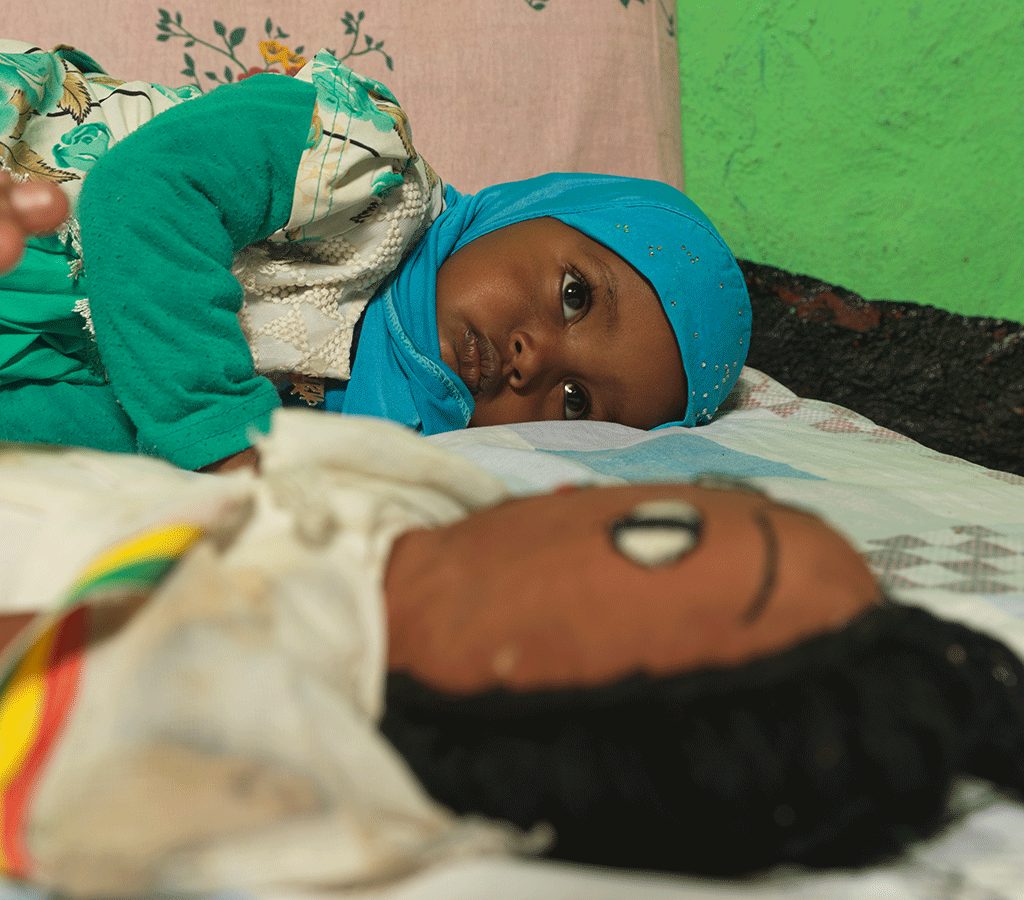
Eight months ago, Medina’s daughter Munira started losing weight and rejecting her food. Initially, Medina thought her illness would go away on its own and she tried to treat Munira with traditional remedies.
“Munira didn’t eat,” explains Medina. “She had no strength I didn’t know what to do. I was just holding her all the time.”
Munira couldn’t keep any food in her stomach and would throw up immediately after eating. Medina grew increasingly worried and was desperate for answers. She didn’t know what the problem was with her child but she could see her losing weight every day.
For months, Medina would knock on neighbours’ doors asking for help. She even went to hospitals, but no one knew how to treat Munira.
“The only way that I can express the pain I went through is that I was running around with Munira to hospitals and places to get help, leaving all the work I had to do behind.
“I had to give my daughter my entire attention and energy.”
The stress of watching her daughter’s health deteriorate made Medina lose her appetite. She then started to lose weight herself.
“Everybody was worried, my whole family was worried. I stopped eating because I was so worried she would die,” says Medina.
One day, Action Against Hunger’s health and nutrition staff visited Medina’s community to spread awareness about malnutrition. Our teams also informed struggling mothers of the services available to help treat their children. This is when Medina heard about Action Against Hunger’s malnutrition treatment programmes.
Fighting for her child’s life
Medina immediately took Munira to one of our mobile clinics where a group of doctors and nurses checked her symptoms. They checked her weight and also looked for evidence of any other complications such as swelling or peeling of the skin
Munira was admitted to a life-saving programme where she was treated with medicine and given ready-to-use therapeutic food (RUTF) – a peanut-based paste used to treat children with malnutrition.
“The Action Against Hunger staff checked her weight and gave me therapeutic food to give to her three times a day,” says Medina.
Recovering from malnutrition
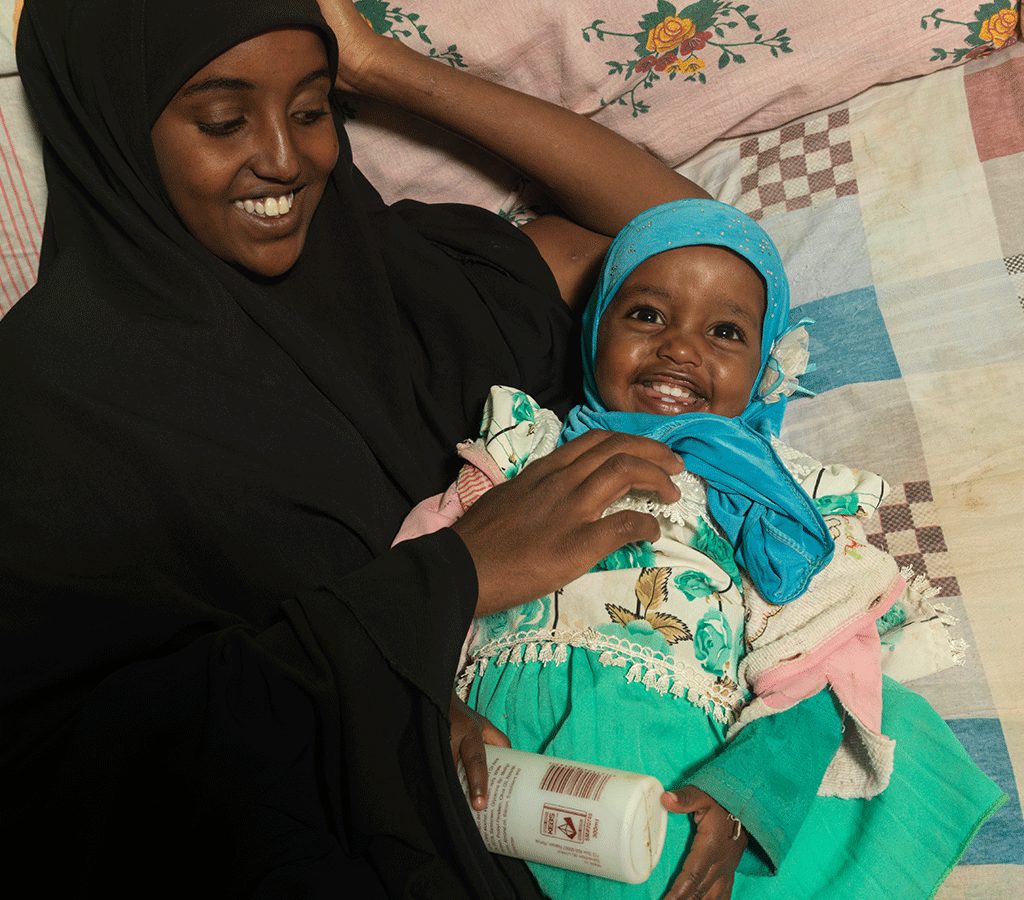
After receiving treatment, our teams discharged Munira and Medina was able to bring her home. A group of Action Against Hunger staff then visited Medina at home to check on Munira’s progress and make sure she was eating her therapeutic food.
Medina recalls their visits with happiness as they made her feel that Munira was being looked after.
“They come and check Munira,” says Medina, “They make sure that we are following the instructions and eating the therapeutic food properly by checking her weight.”
After her treatment and follow-up care, Medina noticed a positive change in her daughter.
“I noticed that her belly was getting bigger and her body was getting thicker. I was so happy, so happy.”
Medina’s perseverance made the difference between life and death for her daughter. Now she has dreams of a brighter future for Munira.
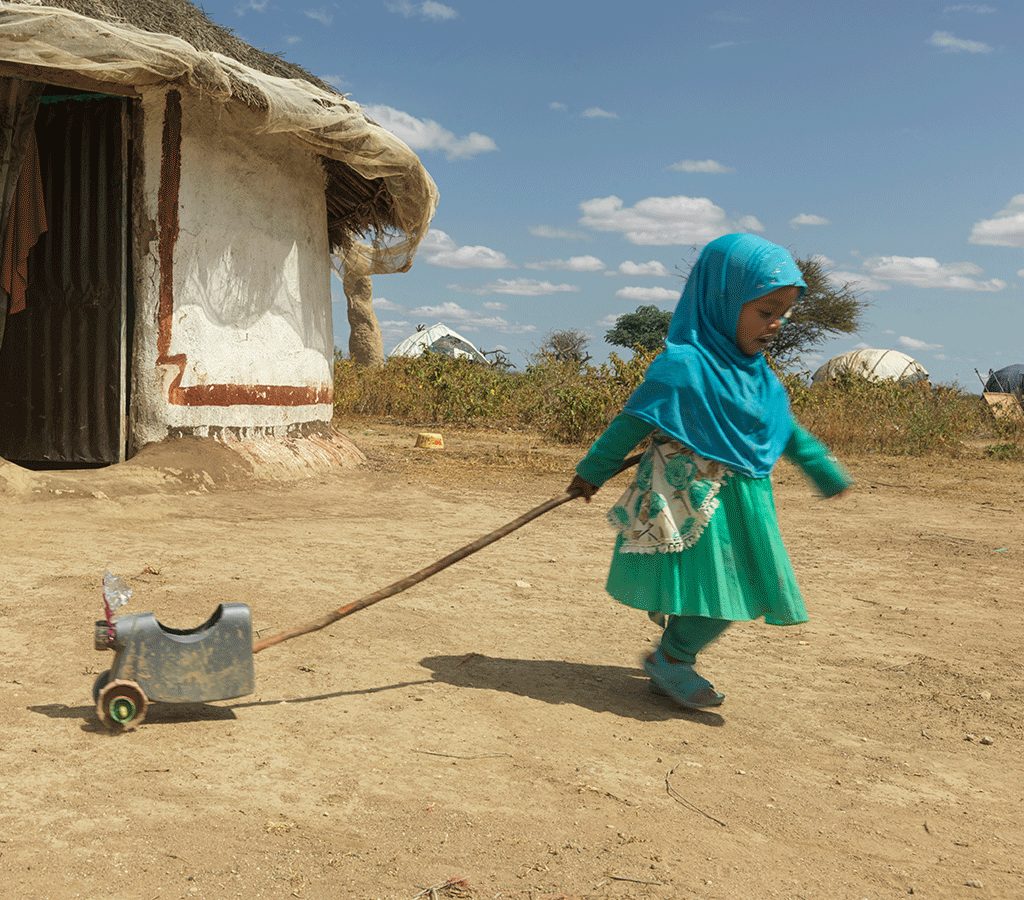
“I am so happy and excited because now Munira runs around, she goes here and there,” says Medina. “Now I can do anything in my house if I want because she runs around and plays. That makes me so happy.”
“When she grows up I want to send her to school and I wish her every possible good thing in the future.”

